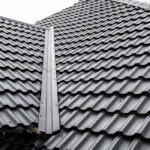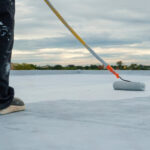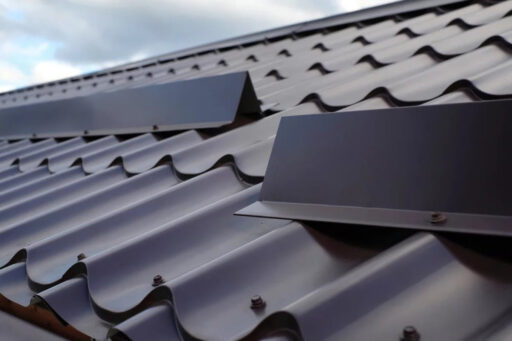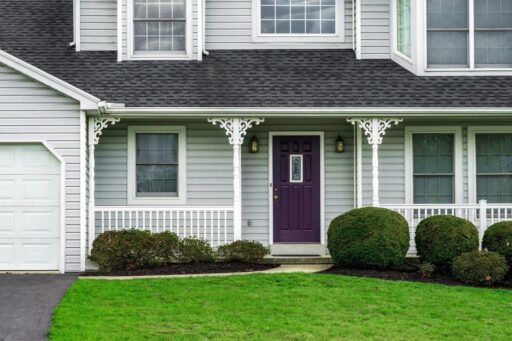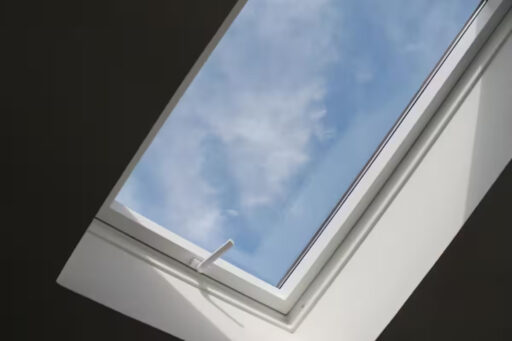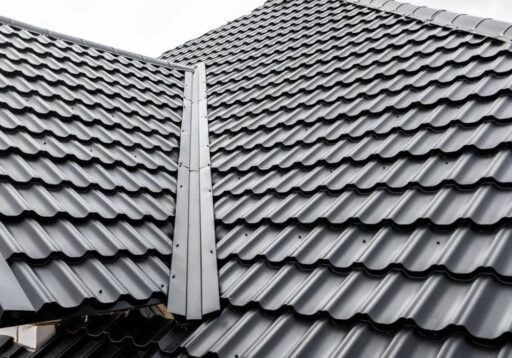When it comes to building or renovating a home, one of the most essential considerations is the roof. Often overlooked, the roof pitch plays a pivotal role in the overall design, functionality, and durability of your home. Understanding roof pitch is not just an architectural concern but a fundamental aspect that impacts myriad elements like drainage, aesthetics, and energy efficiency. In this article, we delve into the concept of roof pitch, exploring its importance and how it influences various aspects of your home.
What is Roof Pitch?
Roof pitch refers to the steepness or angle of a roof. It is typically expressed as a ratio or a fraction, indicating the amount of vertical rise for every horizontal foot of the roof. For example, a roof pitch of 4/12 means that for every 12 inches horizontally, the roof rises 4 inches vertically. This measurement not only affects the roof’s appearance but also its ability to shed water and snow.
The calculation of the roof’s angle is essential for defining the overall architectural style of a building. It influences construction complexity and the choice of materials. Steeper slopes are typical in regions with heavy rainfall or snowfall because they allow better drainage, while flatter roofs prevail in dry climates.
A clear understanding of the roof’s slope proves important for several reasons, including compliance with local building codes and ensuring structural integrity. Whether planning new construction or evaluating an existing structure, knowledge of how to measure and interpret the roof’s angle remains crucial. If you’re considering a new installation, this step-by-step guide to installing metal roofing can help you apply those measurements effectively during your build.
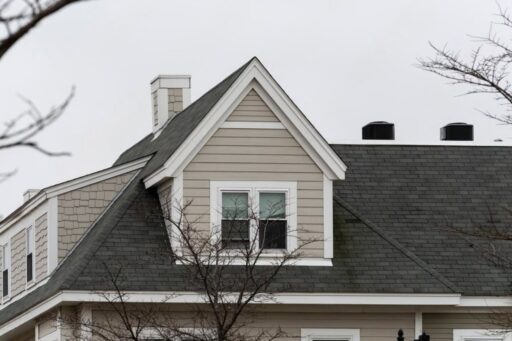
The Importance of Roof Pitch for Home Design
The angle of a roof has a major impact on the architectural style of your home. It influences the shape and visual appeal, affecting both the exterior appearance and interior space. A steeper roof can create opportunities for additional living areas such as attics or lofts, enhancing both functionality and value.
Additionally, the roof’s slope plays a crucial role in selecting suitable roofing materials. Some materials are appropriate only for certain slopes due to their weight and ability to shed water. For example, traditional shingles work well on medium to steep slopes, while flat surfaces often require materials like rubber membranes or built-up roofing.
The roof’s incline also influences overall construction costs and timelines. Steeper roofs can lead to higher labor expenses because of added safety precautions and the need for specialized equipment. Understanding these factors helps in making strategic choices that balance aesthetics, functionality, and budget.
How to Measure Roof Pitch
Measuring roof pitch is a straightforward process that can be accomplished with a few basic tools. The most common method involves using a level, a tape measure, and a carpenter’s square. Here’s a simple step-by-step guide:
- Place the level: Position a 12-inch level horizontally on the roof so that one end meets the roof surface.
- Measure the rise: Use the tape measure to find the vertical distance from the roof surface to the level’s bottom at the 12-inch mark.
- Calculate the pitch: Express this measurement as a ratio (e.g., 4/12), which is the roof pitch.
For more precise measurements, especially for larger or more complex roofs, professional tools like a roof pitch gauge can be employed. This ensures accuracy, which is critical for construction and renovation projects. To ensure that your roofing system functions efficiently in the long term, installing a roof vent correctly is just as important for airflow and moisture control.
The ability to measure a roof’s angle accurately is valuable not only for builders but also allows homeowners to communicate more confidently with contractors, ensuring the final result matches their expectations.
Roof Pitch and Its Impact on Drainage
Roof pitch plays a critical role in determining how effectively water and snow are shed from your roof. Steeper roofs naturally facilitate faster drainage, reducing the risk of water accumulation and potential damage. This is particularly important in areas prone to heavy rainfall or snowfall, where improper drainage can lead to leaks, mold, and structural damage.
For flat or low-slope roofs, drainage can be a significant challenge. These roofs require additional design features such as drainage channels or internal drains to manage water effectively. Without proper planning and maintenance, water can pool on flat roofs, leading to deterioration and costly repairs.
Understanding the relationship between roof pitch and drainage is essential for maintaining the longevity of your roof. Regular inspections and appropriate maintenance strategies, tailored to your roof’s pitch, can prevent water-related issues and extend the lifespan of your roofing materials.

Different Types of Roof Pitches and Their Uses
Roof pitches vary widely, each serving different architectural styles, climates, and functional needs. Here are some common types of roof pitches:
- Flat Roofs (0 to 2/12): Often used in modern and industrial designs, these require careful drainage planning.
- Low-Slope Roofs (2/12 to 4/12): Suitable for certain styles like ranch homes, but also demand efficient drainage systems.
- Medium-Slope Roofs (4/12 to 9/12): A versatile choice for residential properties, offering a balance between aesthetics and functionality.
- Steep-Slope Roofs (9/12 and above): Ideal for regions with heavy precipitation, these roofs allow for quick water and snow shedding.
Each type of roof pitch has unique advantages and limitations, influencing factors like material choice, construction cost, and energy efficiency. Understanding these distinctions helps in selecting the right pitch that meets both your aesthetic preferences and practical needs.
How Roof Pitch Affects Energy Efficiency
The pitch of your roof can significantly influence your home’s energy efficiency. A steeper roof allows for better ventilation and air circulation, reducing the need for artificial heating and cooling. This can lead to lower energy bills and a more comfortable living environment.
Furthermore, roof pitch affects the potential for solar panel installation. Steeper pitches can maximize sun exposure, enhancing the efficiency of solar energy systems. Conversely, flatter roofs may offer more space for solar panels, but may require angle adjustments to optimize performance.
To achieve energy efficiency, matching the roof’s angle to your climate and energy goals is essential. A properly designed slope contributes to sustainable living by lowering energy consumption and supporting renewable energy solutions.
Choosing the Right Roof Pitch for Your Home
Selecting the appropriate roof pitch involves a careful balance of aesthetic preferences, functional requirements, and budget constraints. Here are some considerations to guide your decision:
- Climate: Choose a pitch that accommodates your local weather conditions, ensuring effective drainage and durability.
- Architectural Style: Align the roof pitch with your home’s design for visual harmony and curb appeal.
- Budget: Consider the cost implications of different pitches, including materials and labor.
- Future Plans: Think about the potential for future modifications, such as adding solar panels or creating additional living spaces.
Consulting with architects or roofing specialists can provide valuable insights, helping you make informed choices that enhance your home’s value and longevity.
Summary
Comprehending roof pitch is not just an architectural detail; it’s a vital component that influences your home’s design, functionality, and energy efficiency. From drainage to aesthetics, the pitch of your roof has far-reaching implications that impact both the present and future of your home. As you embark on building or renovating your home, take the time to understand roof pitch and its various influences.


